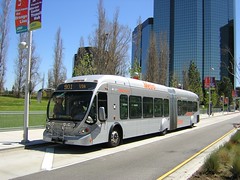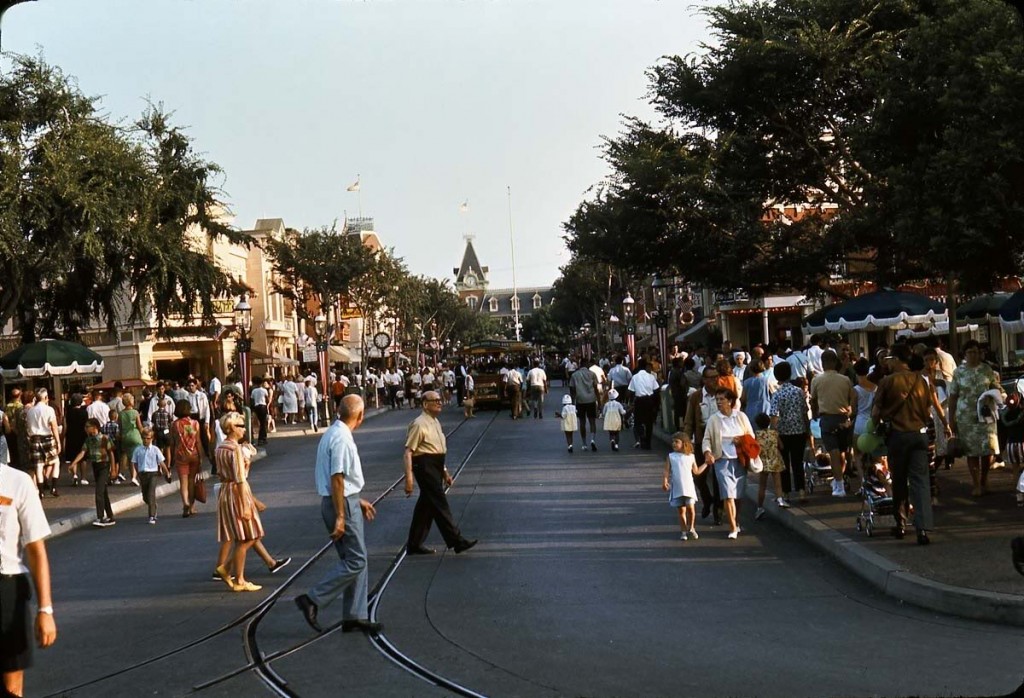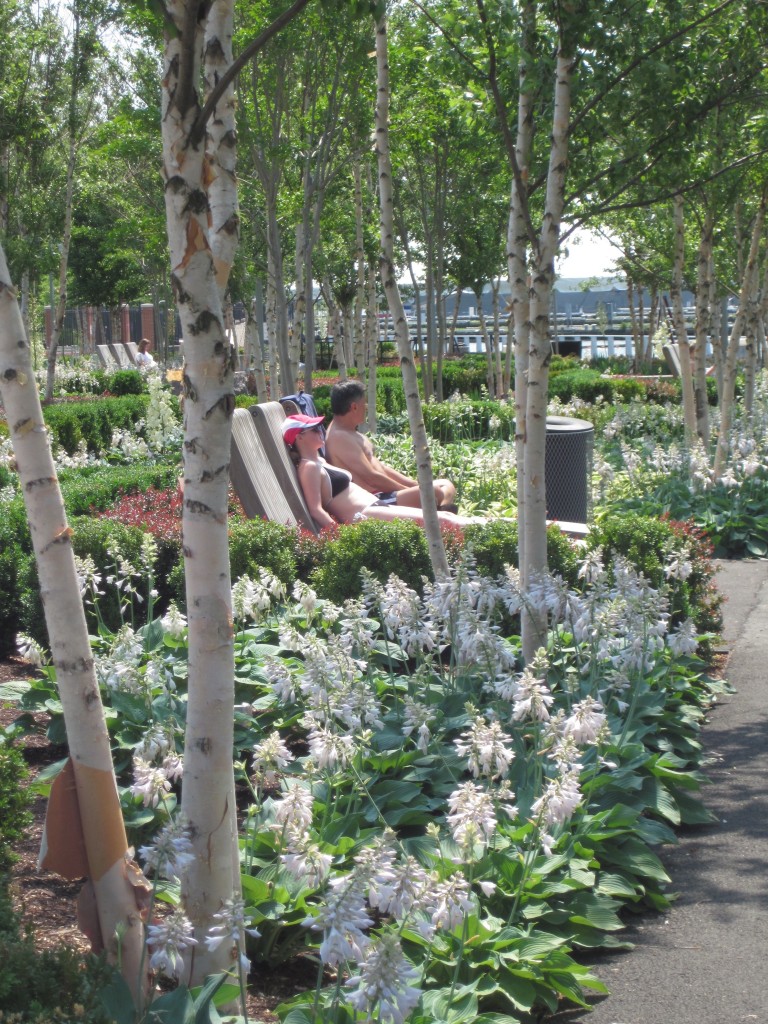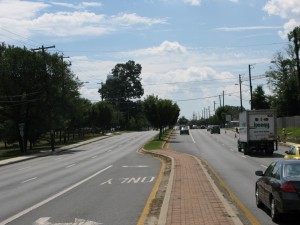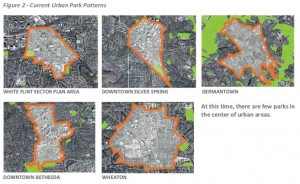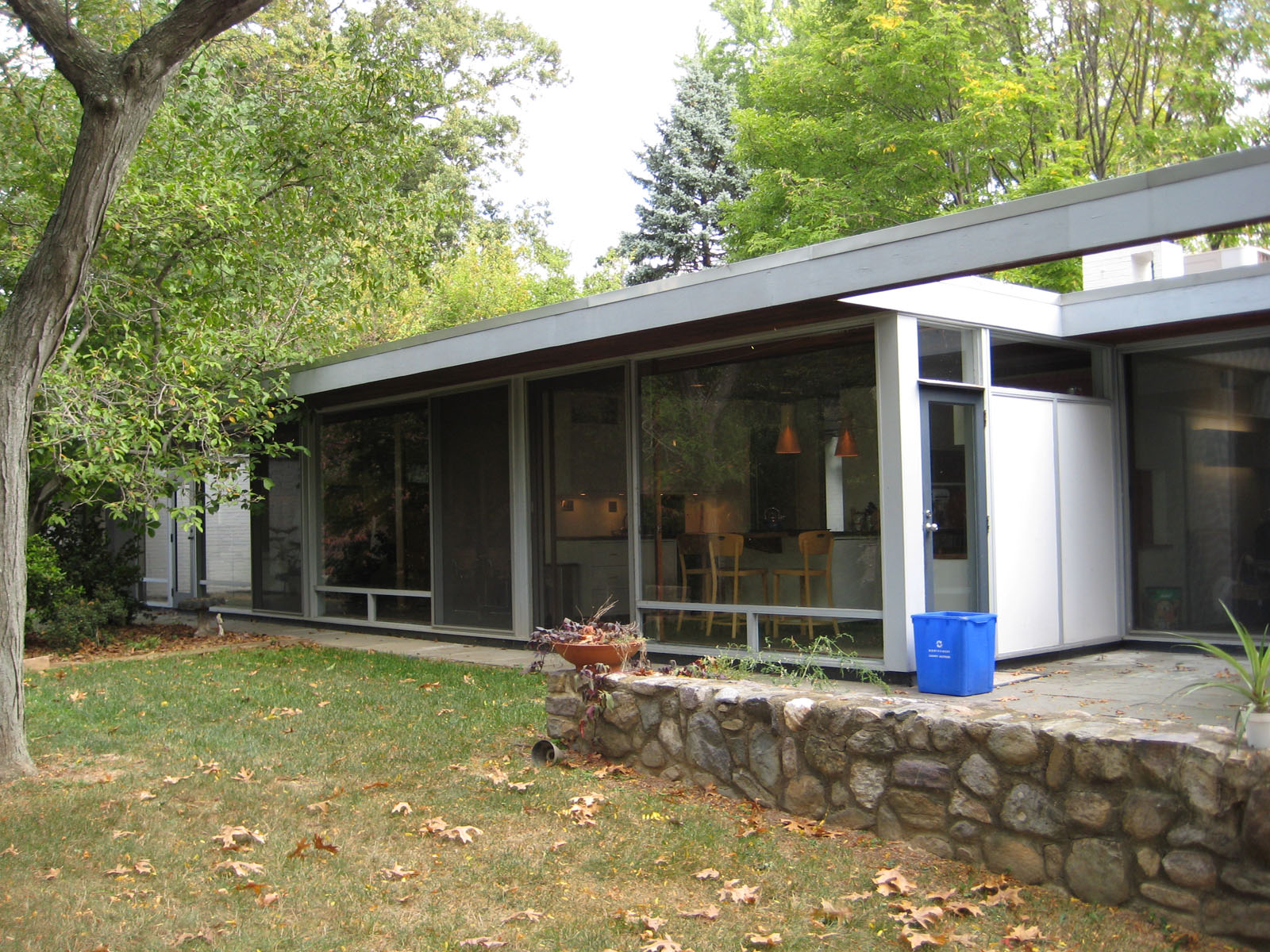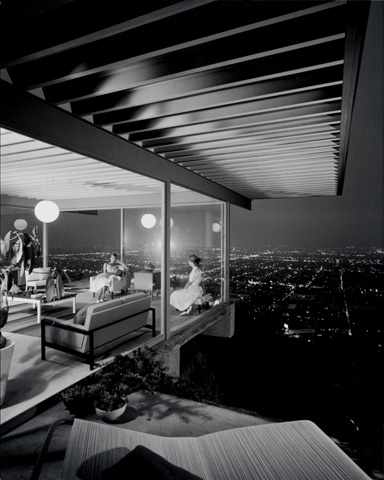
This post is not specifically about Montgomery County, but it’s about a great film I recently saw that really sets modernism in context. It’s Visual Acoustics, the documentary of a man helped bring modern American design into the forefront: architectural photographer Julius Shulman (1910-2009). Through his spectacular photos, it is said that Shulman defined the way we look at modernism. His photos of works of Richard Neutra, Frank Lloyd Wright, and other modernist designers great and small appeared in architectural journals and books throughout this era. Shulman’s work was not always credited at the time. My copy of Leonardo Benevolo’s History of Modern Architecture bears witness to this, with great photos of Neutra houses which are not credited (!) … Continue reading

